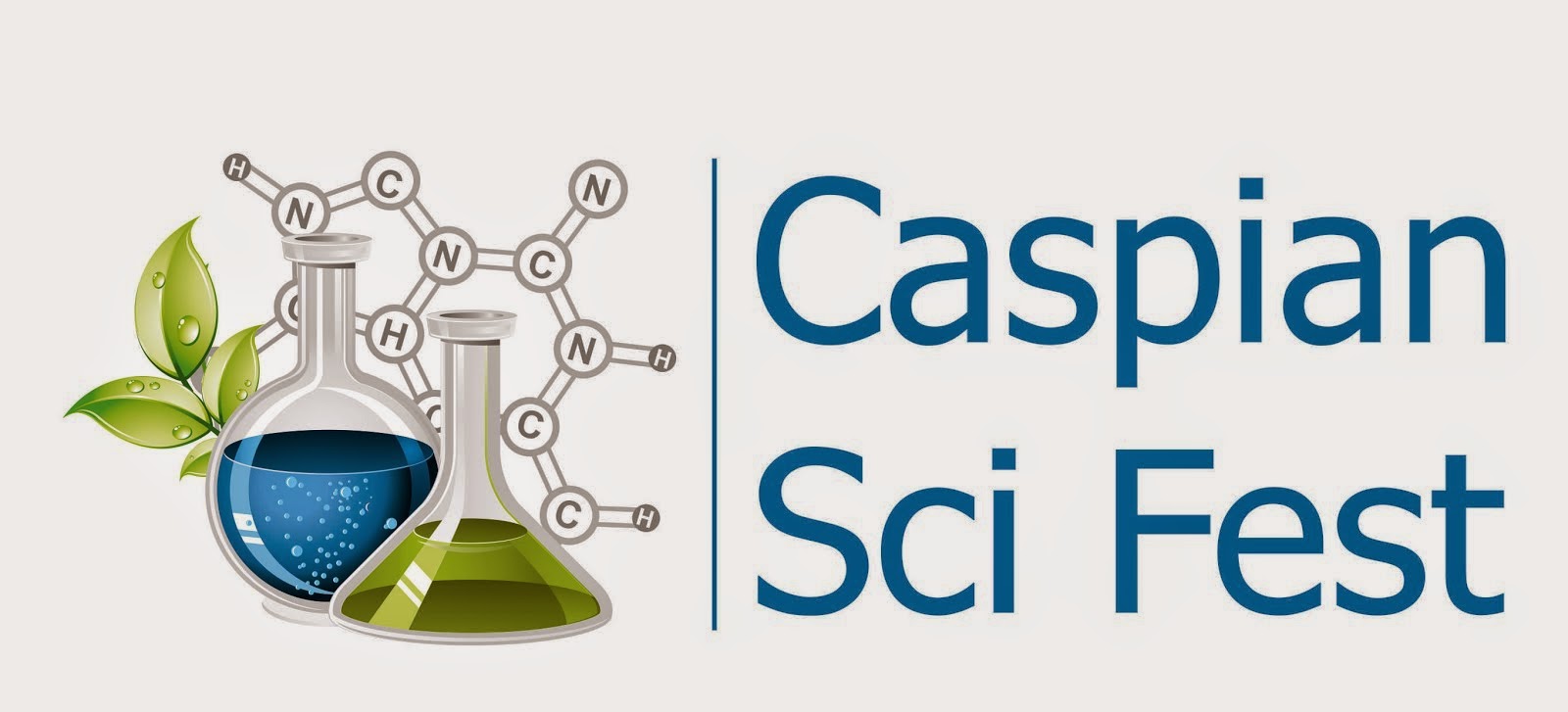Русская версия данной статьи опубликована на Snob.ru
Hi everyone!
Here’s
a short summary of what Caspian Sci Fest was up in September.
September 12-13, 2014:
Caspian Sci Fest was showcased in Europe’s first ever crowdfundingfestival in Berlin, Germany. One Spark is the first crowdfunding festival that
started in 2011 in Jacksonville Florida. So, Caspian Sci Fest is now part of this historical
moment with €505,53 in our pockets. Big thanks to Asiya, Tina, Kent and many anonymous supporters and backers who helped Caspian Sci Fest collect €505,53! The money went to cover the costs for logo development and print material (€280) and the remaining sum will go towards starting a proper website! Despite Caspian Sci Fest performed above average, it was not exactly our ambition, also since
event participation associated expenses totaled ca. €700, leaving Caspian Sci Fest
with ca. €200 in financial loss. Citing Daniel Daboczy, CEO of FundedByMe and
the keynote speaker at the closing ceremony “if you are not embarrassed by your first launch, then you have
launched too late” we are happy there is a big room for improvement both
for us and our backers.
We also think that gain and experience of participating it this
event outweighs this minor collateral effect. So, let’s count the good things that happened to us:
1. Caspian Sci Fest gained new supporters all
over the world and got to know a lot
of cool and awesome people before, during and after this event!
2. Caspian Sci Fest was rated #25 out of 50 participating project –
it is quite a BIG SUCCESS given the
fact that the founder was promoting her idea to people she did not know. Those
people who visiting the event in Berlin were liking and supporting the idea that
will take place thousands kilometers away from their town and they were not the target audience for Caspian Sci Fest activities. So our assumption is "if Caspian Sci Fest was
found attractive by this group, the direct beneficiaries should also like it". Caspian Sci Fest did not win a prize in
the Science category nor gained a free trip to Jacksonville, but it was
predictable and to tell the truth was not our main ambition: we wanted to gain experience and spread the word. Plus, in April
2015 we will be very busy getting ready to the first ever science popularizing festival so going to Florida would be difficult :)
3. Caspian Sci Fest gained more than half
of Internet backing of all 50 projects participating at the event - the power of social media has not been exploited in full, but it is already a good result, don't you think?
4. Caspian Sci Fest received support and
help: ASN Berlin (Azerbaijan Student Network) offered assistance by sending three shifts of volunteers and hiring a photographer to cover the
event, friends of friends stopped by to say hello at the booth during the
festival and vote for the project.
5. Caspian Sci Fest was offered few interesting opportunities and partnerships! We will
keep them undisclosed for the moment, but we will soon name all our exciting
projects and opportunities.
September
26, 2014: Milan!
Caspian Sci Fest founder Asli was invited
to Open Night celebrating European Researchers’ Night 2014 on Leonardo Da
Vinci Science Museum premises in Milan. It was an amazing, inspiring and enriching
experience uniting people of various age. On that day the Museum also
inaugurated its Tinkering zone and a live video speech was given by SanFrancisco Exploratorium’s Tinkering Studio directors, Karen and Mike. Event photos can be seen here.
What’s NEXT?
"Full of new ideas, I am currently working on 18 months
activities plan which also include fundraising and media strategy as well as
organization structure, thus I will soon start scouting for team members who
share the same values and with whom we can work on the dream – the launch of first ever science popularization festival
in Baku, Azerbaijan. I am adding the new angle to it – art and music. I
have started working on a programme with my partners, world leading museums and science centers as well as contacting artists and
musicians! It’s gonna be fun!
BUT next three months are the
most crucial as Caspian Sci Fest initiative needs to get some financial support
and I run out of my personal savings. Money is also needed to bring this
project on the next professional level and allow me to concentrate on it
full-time. So, more than ever I will be busy planning, consulting,
lobbying and searching for support! It is going to be a very difficult, but,
hopefully, rewarding month!
Last but not least, without volunteers, friends and family this initiative will be one of many I might have in my mind and then forget the next day. Without inspiration and support I would not fight my fears and doubts. It is a long-long way before results I am aiming at will be seen. It is not a job of one person, but many and currently my main goal is to find likeminded individuals. When I am asked why I spend so much energy in this ambitious project, my position is best described by philosopher Dan Dennett’s phrase “find something more important than you are and dedicate your life to it”. I have decided a series of activities I called “back to the roots” of doing something personally meaningful, interesting and important. Caspian Sci Fest is one of them. For me it is more than a project. It is a dream. Let's dream together!"
Asli, the Founder of Caspian Sci Fest





